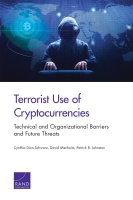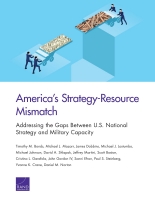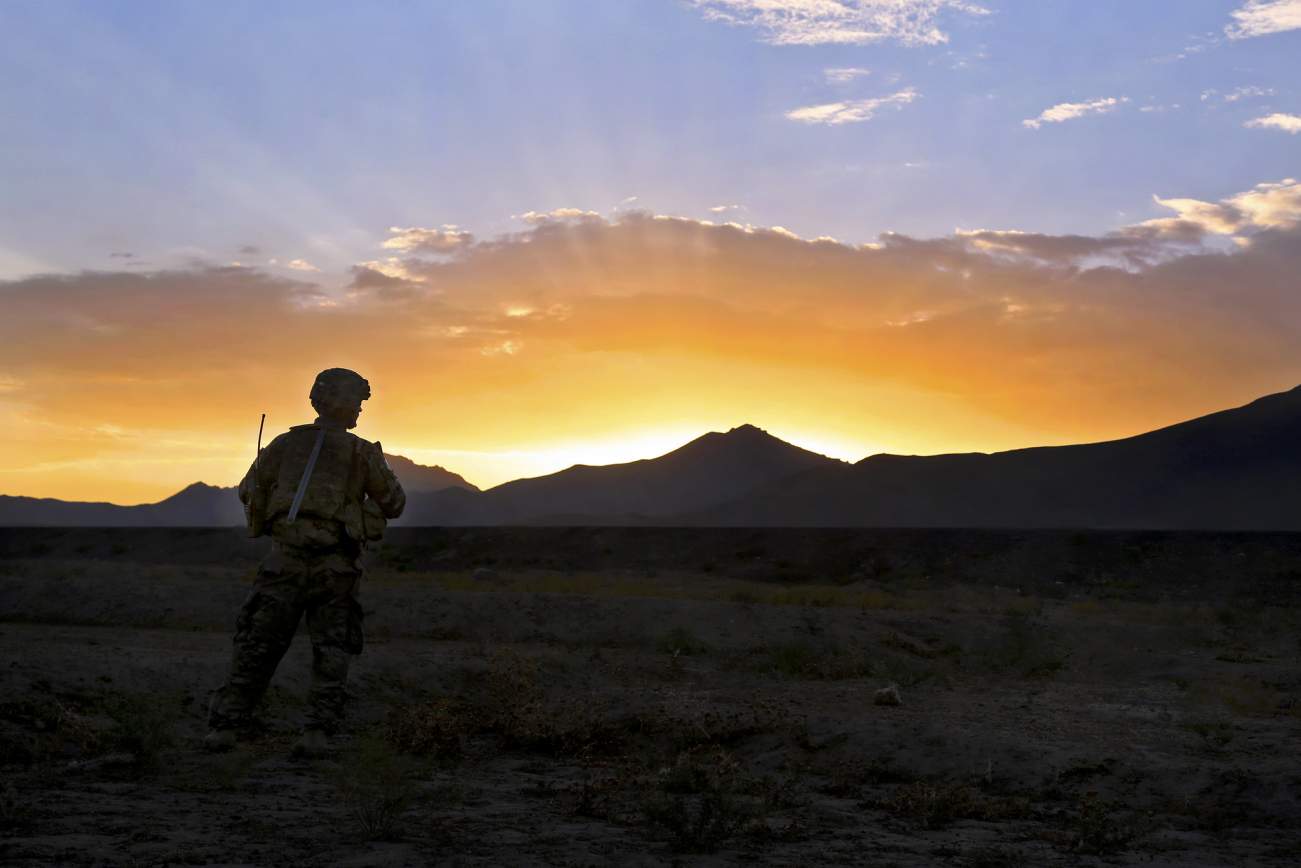By David Zucchino
KABUL, Afghanistan — For the first time since the United Nations began documenting civilian casualties in Afghanistan a decade ago, more civilians are being killed by Afghan government and American forces than by the Taliban and other insurgents, according to a report on Wednesday.
Civilian deaths attributed to pro-government forces rose in the first quarter of this year even as overall civilian casualties dropped to their lowest level in that period since 2013.
The United Nations said in its quarterly report that pro-government forces were responsible for 53 percent of civilian deaths. But insurgents were responsible for the majority — 54 percent — of all civilian casualties, which include deaths and injuries, even though the number of suicide bombings decreased compared with the same period in 2018, the report said.

















